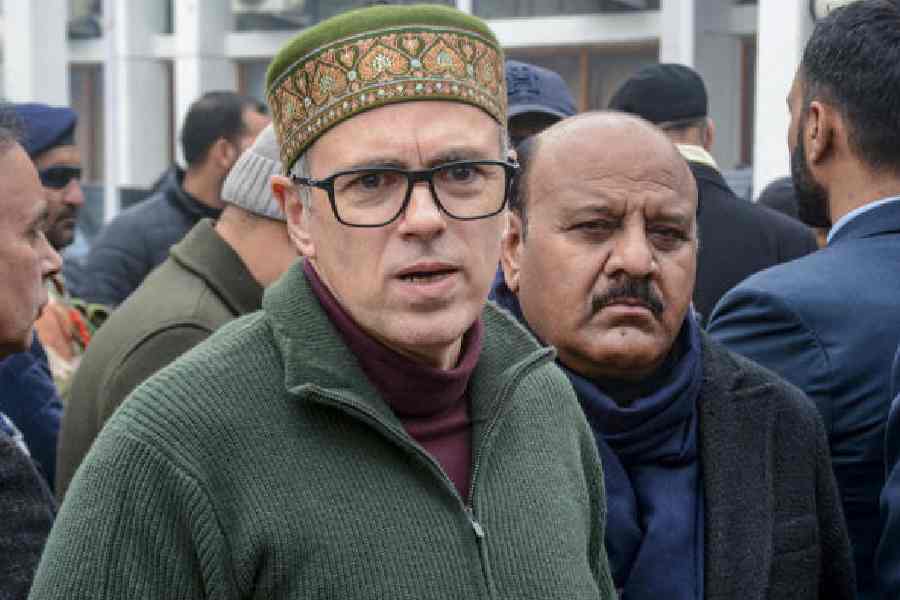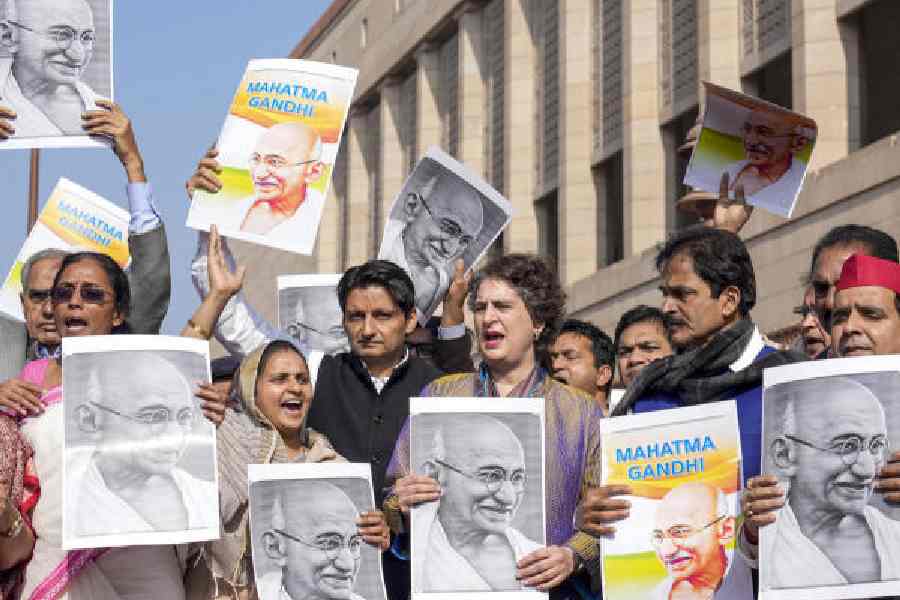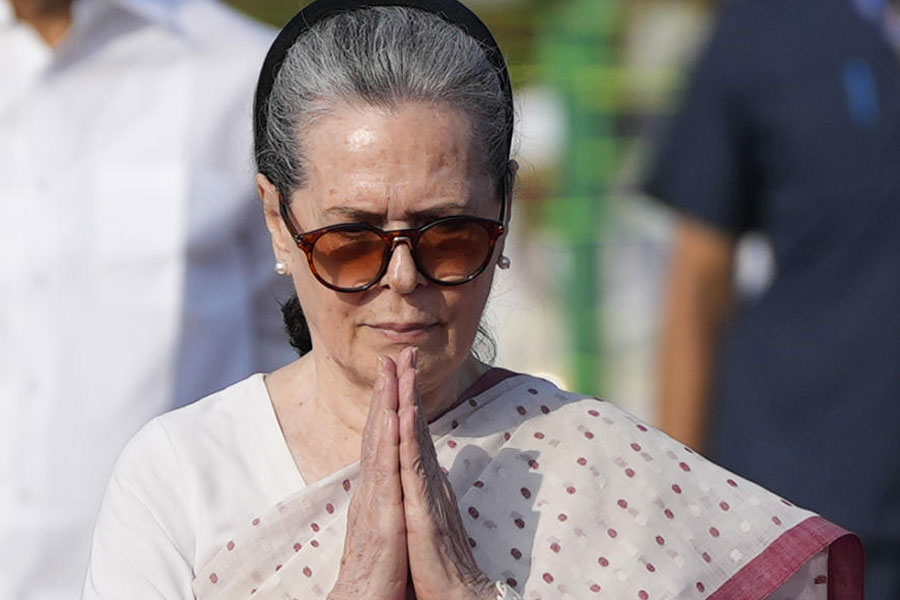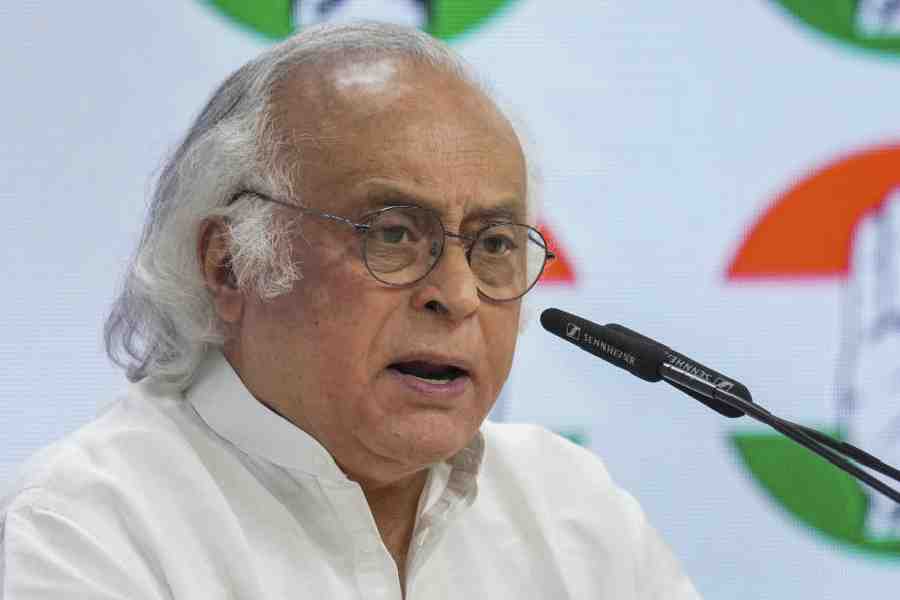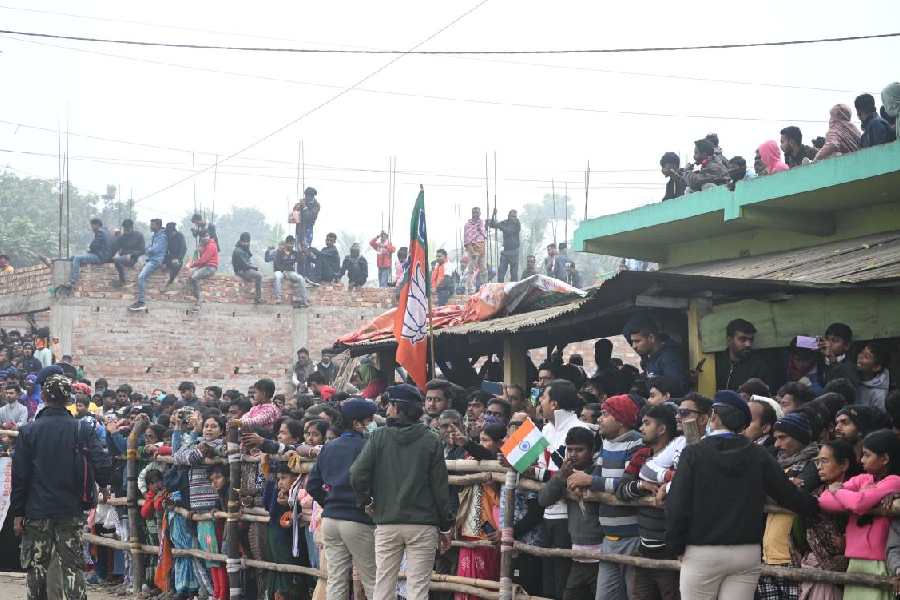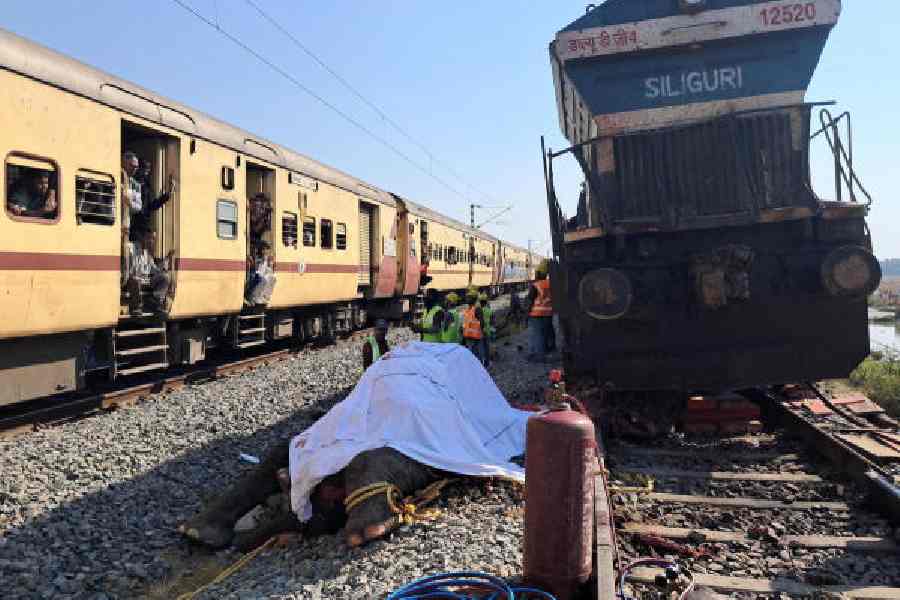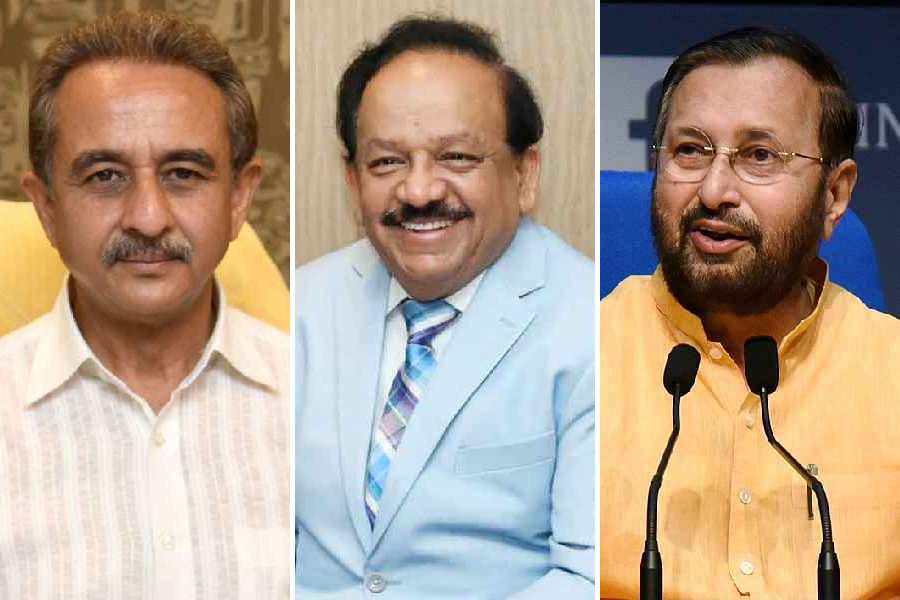The number of AIDS patients in Bihar is steadily growing despite various National AIDS Control Organization (Naco)-sponsored programmes being underway in the state. Has Bihar State AIDS Control Society (BSACS) been able to execute the schemes efficiently?
The number of total detected HIV positive people in the state is about 45,000. If there has been a significant increase in this number in recent times, it is primarily because we are screening more people now. According to Naco guidelines, we should screen the entire population, which is a huge task in itself. Last year, our target was to screen 8.5 lakh people. We covered 55 per cent of the target despite limitations such as lack of resources and manpower. Hence, not even one per cent of the population has been covered yet. But it is much more than what we used to do earlier. Lack of awareness and motivation is some of the main reasons why people still do not come forward voluntarily to get tested for HIV at Integrated Counselling and Testing Centres (ICTCs). They fear social stigma and discrimination in case they test positive. We are now in the process of trying to start HIV screening at government hospitals along with normal blood tests to improve the results. For this, we need test kits. We have requested the Centre for the kits. If we do not get their help, we will seek the state government’s support to start the initiative.
How much funds BSACS has received from Naco and the state government in the last few years and how much has been spent?
Ever since I joined BSACS as its administrative head, my one-point agenda has been to improve functioning of the agency and ensuring efficiency of the employees. We have succeeded in that to a great extent. In 2011-12, we received about Rs 2846.6 lakh from Naco and utilised Rs 2,120.4 lakh. The utilisation percentage was 74.49 per cent. In 2010-11, we spent Rs 1,802 lakh as against the receipt of Rs 2,492.3 lakh. In 2006-07, the utilisation percentage stood at a dismal 4.28. We have actually come a long way in terms of expenditure of the funds. We want to even better the figures during this financial year. Our aim is to strengthen the ICTCs and the Anti Retroviral Therapy (ART) centres, from where AIDS patients get drugs.
What are the constraints coming in way of functioning of BSACS? Is the state government supportive enough?
We directly work under the Union government. The state government has got a very little role to play in our day-to-day functioning. However, they have been very supportive and there is no major hindrance that we face because of non-cooperation of the state government. There are constraints, but they are mostly operational.
Percentage of voluntary blood donation, despite various awareness campaigns run in the state, has remained very poor. Why?
The percentage of voluntary blood donation has traditionally been poor in the state, but we are now picking up. In 2011-12, we were given a target of collecting 72,000 units of blood through voluntary donation and we managed to collect 68,754 units, which was 95 per cent of the target. Total collection has improved significantly and we are launching various awareness campaigns to make people aware of the cause. Besides, efforts are on to streamline operations of all 64 registered blood banks in Bihar. We are in the process of making the details of blood available with blood bank at any point of time online. It is happening steadily. At present, 27 blood banks have started uploading their information on our website and all blood banks will start doing it soon.
What do you think has been your achievement during your tenure as head of the society?
My first priority has been to improve work culture of the society. We have 500 employees, including the field workers. Prior to my joining, the situation was gloomy and people were not in a habit of working to the best of their capacity. There were some, who just had no interest in working and this had a dampening effect on those who wanted to work. I have made it very clear that everybody will be given a physical target and clear-cut responsibility to fulfil and they will have to perform. It is easy and straight as we have a goal set for us.
Your journey so far
I was born on May 30, 1962 in Patna. I did my schooling from Patliputra High School in Patna before joining IIT, Kanpur for electrical, communication and computer engineering. After getting my engineering degree in 1984, I got a job in an MNC in Mumbai and worked there before joining civil services in 1986 as a Bihar-cadre IAS officer. Since then, I have served in various districts and departments of the state. In 2000, I went to the US and did my MBA from Indiana University in finance and informatics system and earned double majors. I was one of the top ten scorers in finance subject there.
What would you have been if not an IAS officer?
The year I joined civil services, I had an offer from IIT, Kanpur to join them as a research scholar in computer sciences. Had I not joined the services, I would have joined there.


